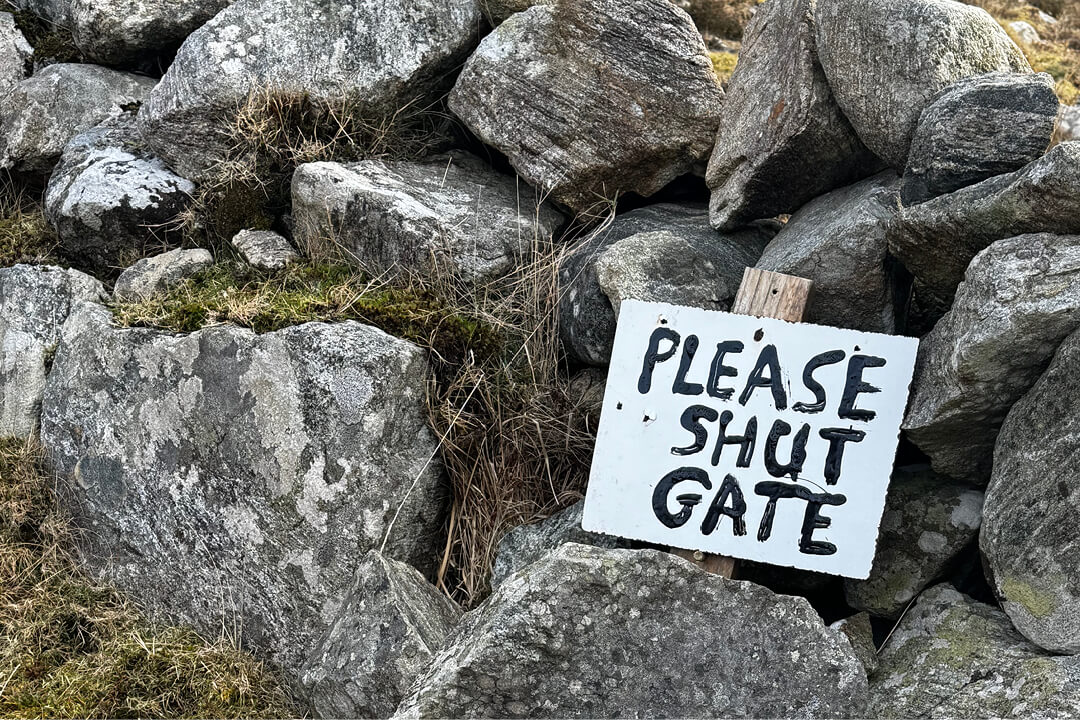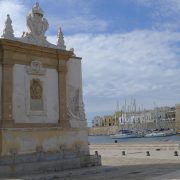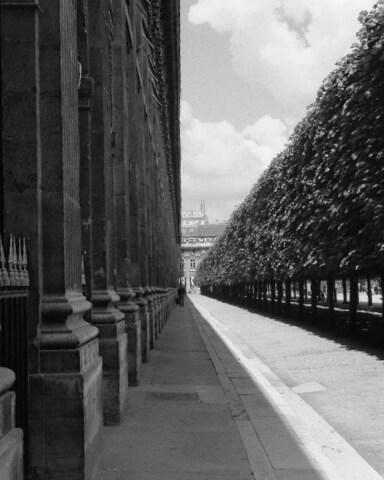OUTER HEBRIDES: GRANDIOSE LANDSCAPES AND STORMS
“Isn’t that a bit barren?” was the concerned question from friends who heard that we were planning to travel to the Outer Hebrides at the end of January. We experienced fantastic landscapes; we didn’t find them barren at all.
Rough beauty
The Scottish accent is difficult to understand. For most of us who are used to the Queen’s English from school, trips to England or BBC reports, a conversation in a Scottish pub can be difficult or even completely incomprehensible.
The Scottish accent originated from a mixture of the Gaelic language, the former Scots language and Standard English.
However, the Scottish warmth, politeness and interest in strangers more than make up for the initial difficulties in conversation. It is not without reason that Sean Connery, in his role as James Bond, is regarded as His Majesty’s gentleman agent.

Low season
The openness and interest of the Scots may also be due to the low season. There are few tourists in Scotland from November to the end of March. Many hotels and restaurants are closed during this time; a few are open, so there is plenty on offer and the food is usually delicious.
In the high season, the many motorhomes make driving on the romantic single-lane roads nerve-wracking. You constantly have to coordinate with an oncoming vehicle as to who will take the passing place to the left of the road.
In the off-season, encounters on the romantic roads through impressive landscapes are unproblematic and are reliably acknowledged with a friendly hand gesture and a smile.
Edinburgh and Harris, the ideal combination
Scotland has fantastic landscapes, good restaurants and beautiful hotels almost everywhere. Our tip for the low season is the combination of Edinburgh and the Outer Hebrides.
In a city like Edinburgh, the weather hardly plays a role. If you visit the city, where one festival after another takes place, in the low season, you don’t have to share the city’s charm with many others. This has a very relaxing effect on booking good hotels and popular restaurants.

You should not miss a visit to the Royal Yacht Britannia in Edinburgh. On November 22, 1997, the last voyage of the yacht Britannia took place. The English state no longer wanted to pay for the costs of the prestigious sailing yacht on which the royal family traveled on the high seas.
In Portsmouth Harbour, the late Queen Elizabeth II and Prince Philip disembarked from this ship, on which they had made many state visits to the Commonwealth and the relaxed annual family trip to the Western Isles of Scotland each fall.
On the tour of the ship, equipped with an excellent audio guide, you can feel the breath of the former empire and gain an insight into the life of the royal family, right down to the Maldon salt that can be seen in the royal yacht’s pantry.

Compared to many a star hotel, the furnishings of the Royal Yacht Britannia appear pleasantly simple, almost spartan in parts, considering that the ship was also the workplace of the Queen of England for a few hours each day, whose mail was delivered by helicopter.
The Queen had rejected the yacht’s first interior proposal, which she found too luxurious. In the more private rooms, she preferred the coziness of an English country house combined with ship furniture that Prince Philip had personally selected in Hong Kong.

The tour of the ship is extremely interesting and you can enjoy the royal yacht almost to yourself in the off-season. You can study the contents of the bar, the rooms for state banquets and the Queen’s instructions to the Admiral in command of the ship at your leisure and then enjoy excellent tea and cake in the yacht’s tearoom with the best view of the Scottish waters.
Scotland versus England
To understand the relationship between Scotland and England, it is worth visiting the Scottish National Portrait Gallery in the center of Edinburgh. The neo-Gothic red brick building is worth seeing in itself. The historic Grand Hall is always contrasted with modern art installations.
The tour is best started on the top floor, where you can learn a lot about the bloody conflicts between England and Scotland with the help of outstanding paintings. You learn a lot about betrayal, nobility, ambitions and the role of France in the centuries-long struggle between England and Scotland. You can then understand why the (mostly wealthy) English, who build architecturally sophisticated vacation homes in the most beautiful places in Scotland, are called “White Settlers” by the Scots themselves.
After the history of Scotland, the lower floors contain exhibitions of modern photographic portraits that paint an equally fascinating picture of the Scots of today.
The Outer Hebrides – a place of longing
The islands of the Outer Hebrides, located in the west of Scotland on the Atlantic Ocean, are a place of longing for many people.
Some people think of the old Hollywood movie Local Heroes, in which a US oil company wants to buy an idyllic Scottish village by the sea in order to build a refinery there. Déjà vu? Those who like fashion, on the other hand, immediately think of Harris Tweed.
Most people are fascinated by the secluded location on the Atlantic. No matter what reason fascinates you: Don’t wait any longer and visit the Outer Hebrides in the low season.
From November to March, you have the most beautiful beaches you can imagine to yourself and almost only meet Scots who enjoy walking their four-legged friends on the beach in this dog-friendly country.

Walk or View
For the beautiful hiking trails on the island of Harri, you should follow this advice: Walk or View, but never at the same time. The views of mountains, valleys, glens, abandoned ruins, raised bogs and small, deep dark lakes are so fascinating at every turn that you should consciously stop to enjoy them Walking and marveling at the same time is not a good idea on the well-maintained but challenging, stony paths.

You can feel the history at every turn on Harris and Lewis, the two connected islands, if you want to dig a little deeper. The weather in Scotland is always changeable. In the low season, you can experience it all in one day: Heavy rain, hurricane-force winds and glorious sunshine. But that’s what the Macintosh, Harris Tweed jackets, woolen sweaters and good shoes are for. In the evening, the Wee Drum of Whisky is well deserved. In the morning, the island’s mountains often greet you with snow-covered peaks.
The Outer Hebrides are a very special part of Europe before crossing the Atlantic to the United States of America. Once you’ve been there, you always want to go back. On the lonely hikes, we met an American woman who came to Harris many years ago in search of her ancestors. Since then, she has spent three months on the island every year: from December to March. This is when you can experience the magic of the Outer Hebrides at its most intense.
You get an impression of why many Scots emigrated or had to emigrate to Australia, the USA or Canada (Nova Scotia), as large landowners were of the opinion that the land was better used for sheep farming or hunting grounds than by small farmers.

To this day, everyone here knows that we can only work together. There is a great willingness to help and support each other. Only the landscape is idyllic.
The long and the short way
There are direct flights to Edinburgh from many destinations. After a few days in the Scottish capital, you can fly ‘Stornaway’ to the airport on the island of Lewis with the Scottish airline Logonair or choose the long journey: Take the train from Edinburgh to Glasgow, across the famous Harry Potter Bridge to Mallaig. From there, take the ferry to Armadale. The bus takes you to Portree and on to Uig. There the ferry crosses over to Tarbert. A journey for romantics through dreamlike landscapes.

Photographs © GloriousMe 2025




